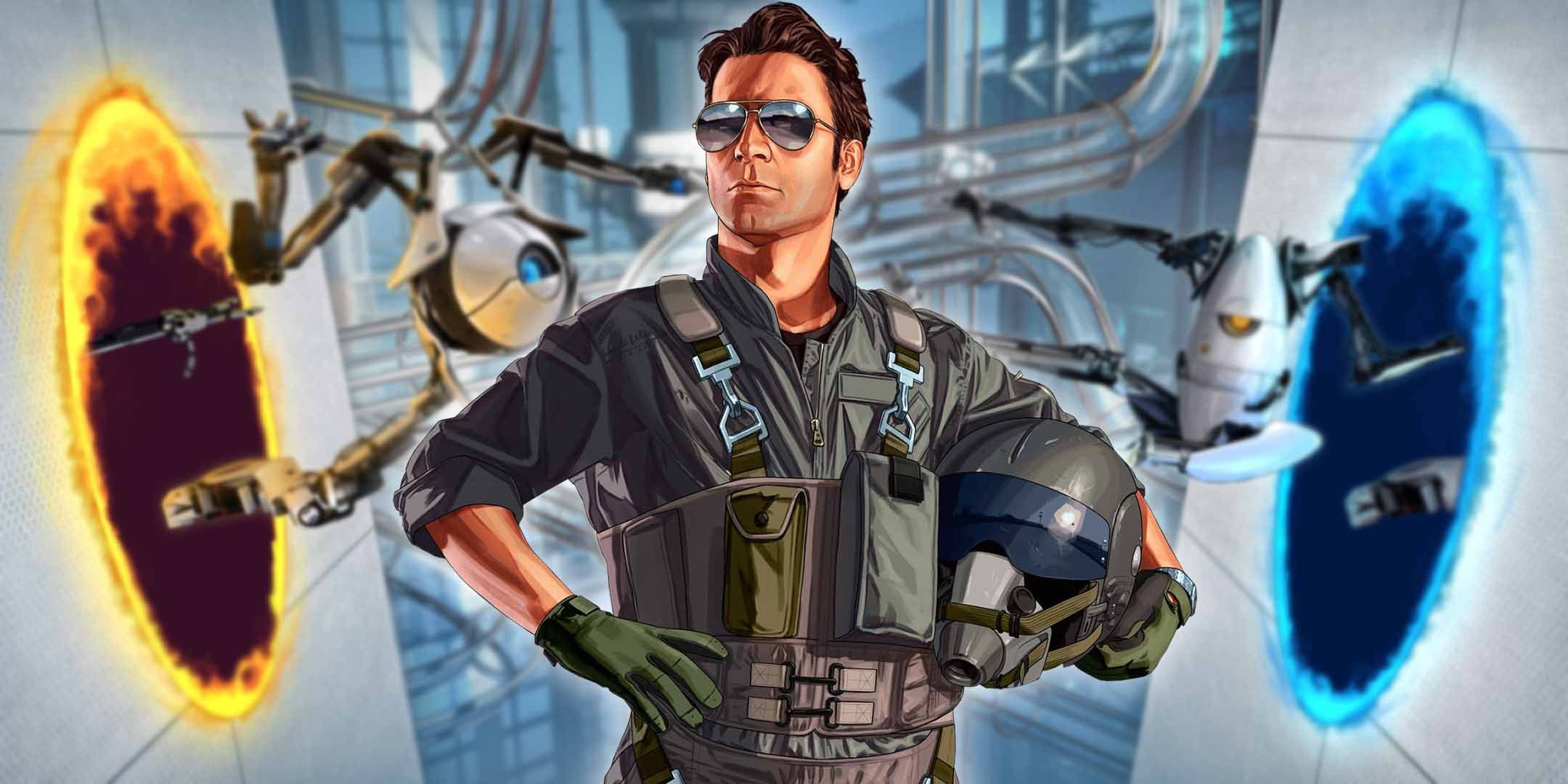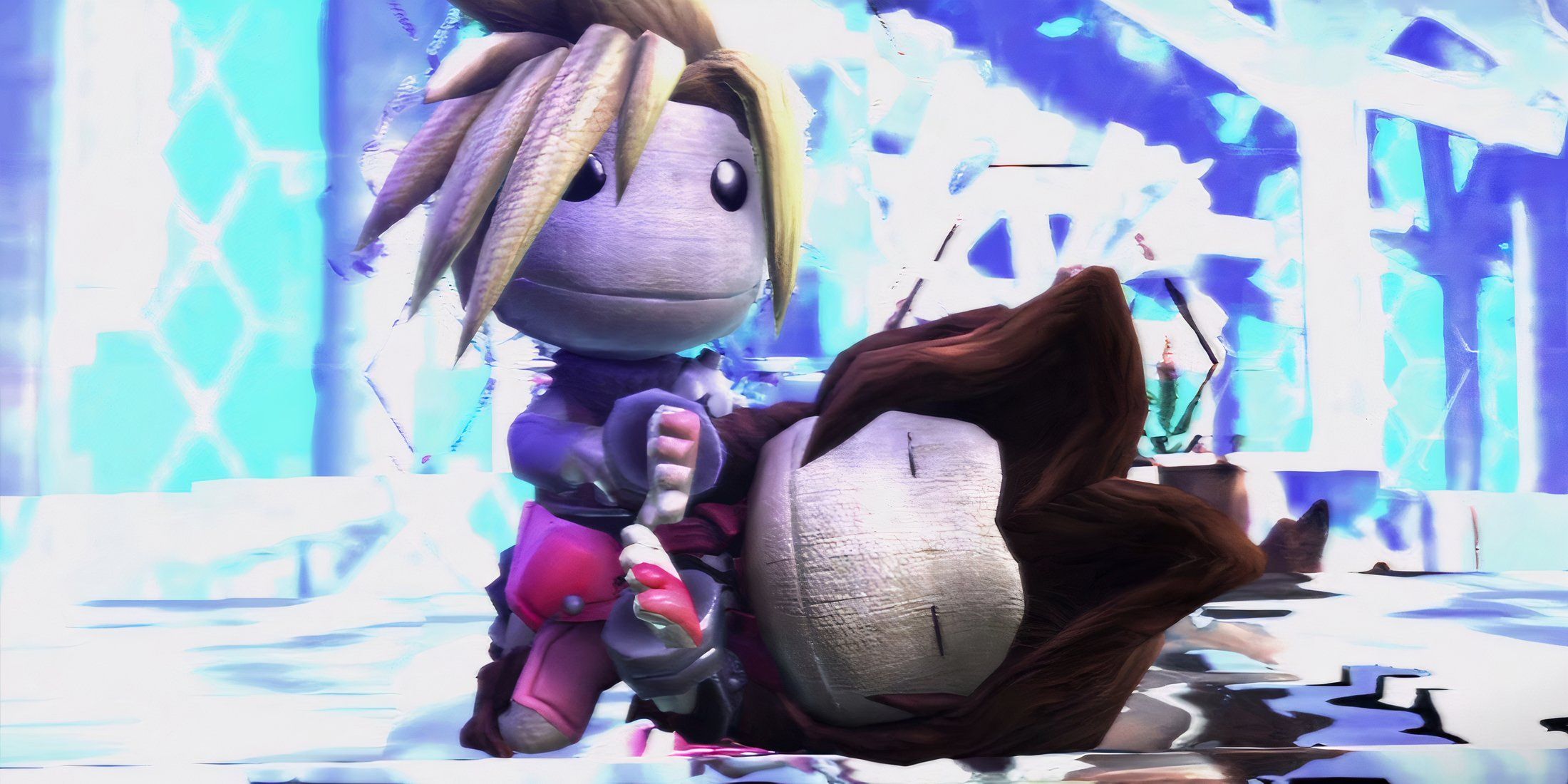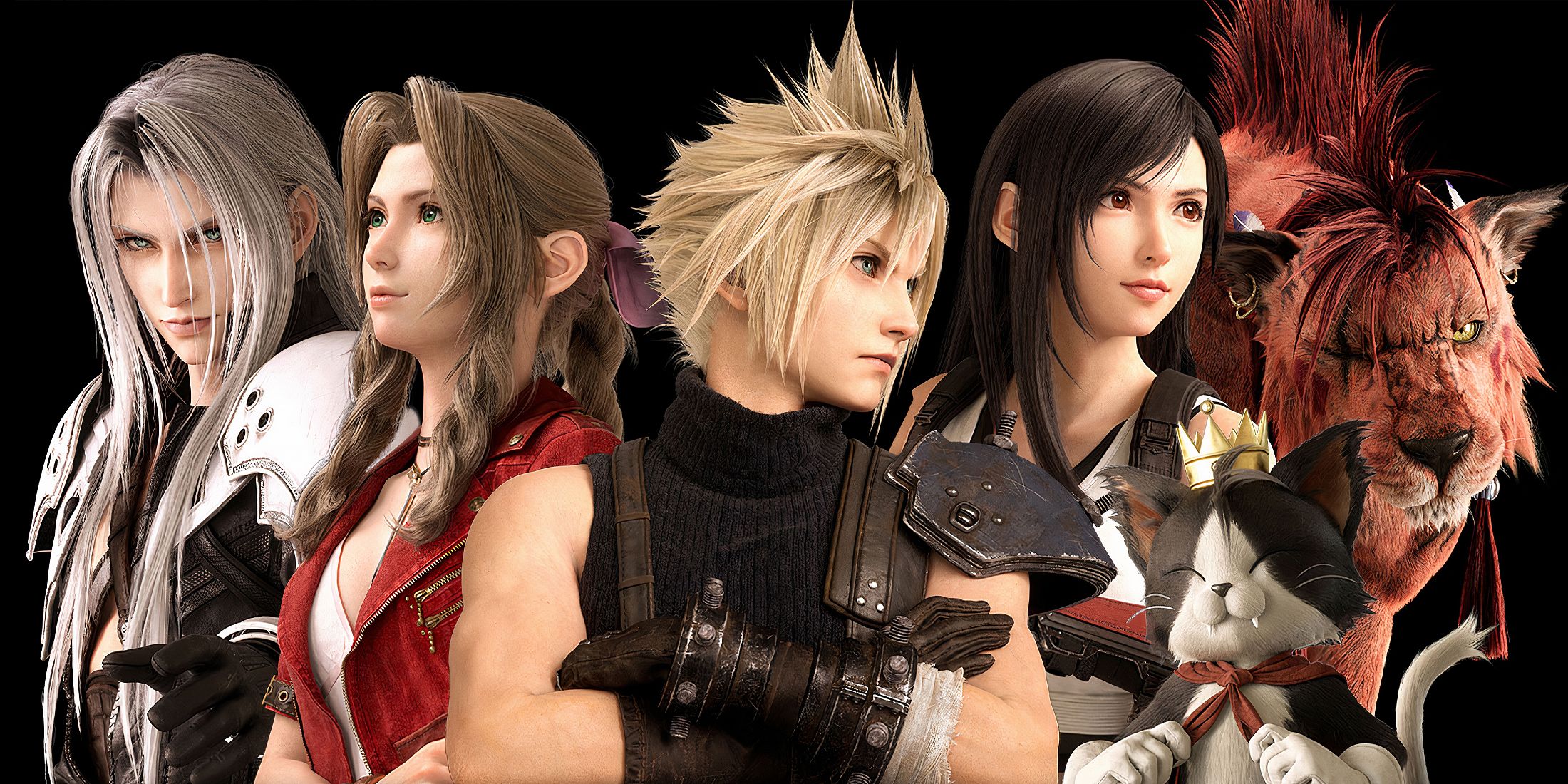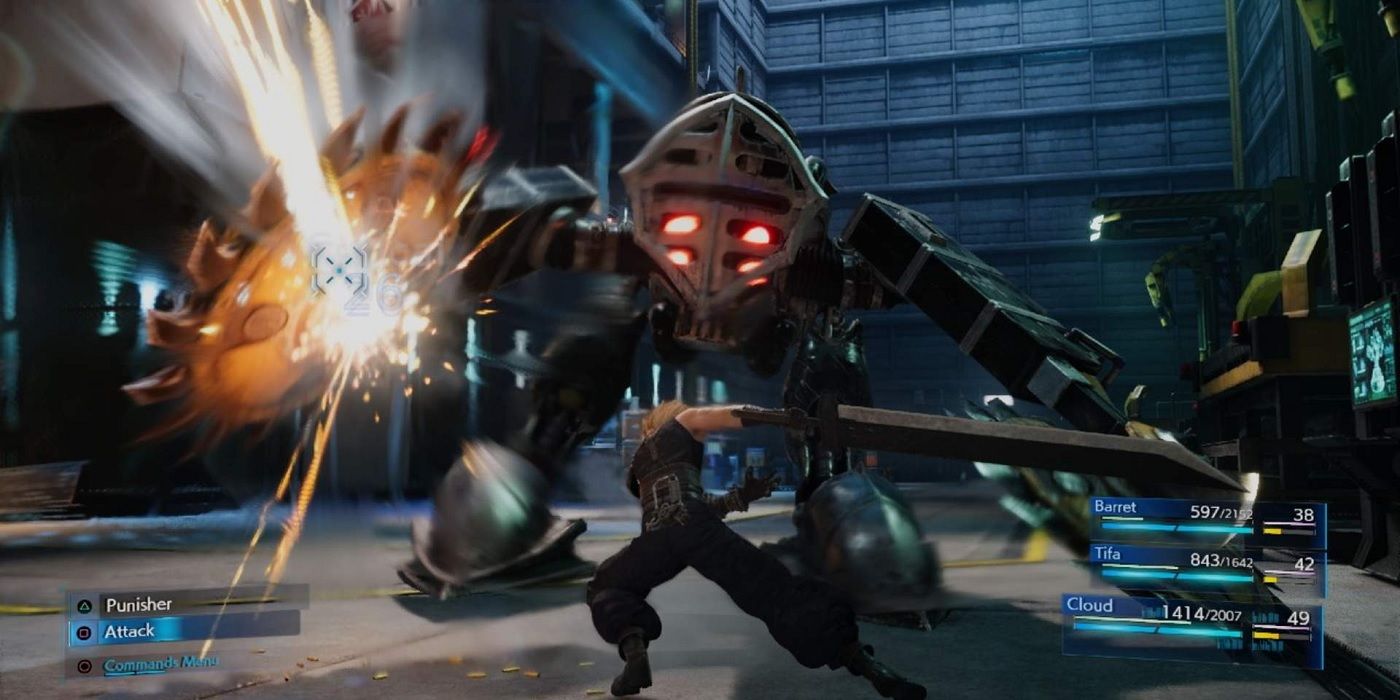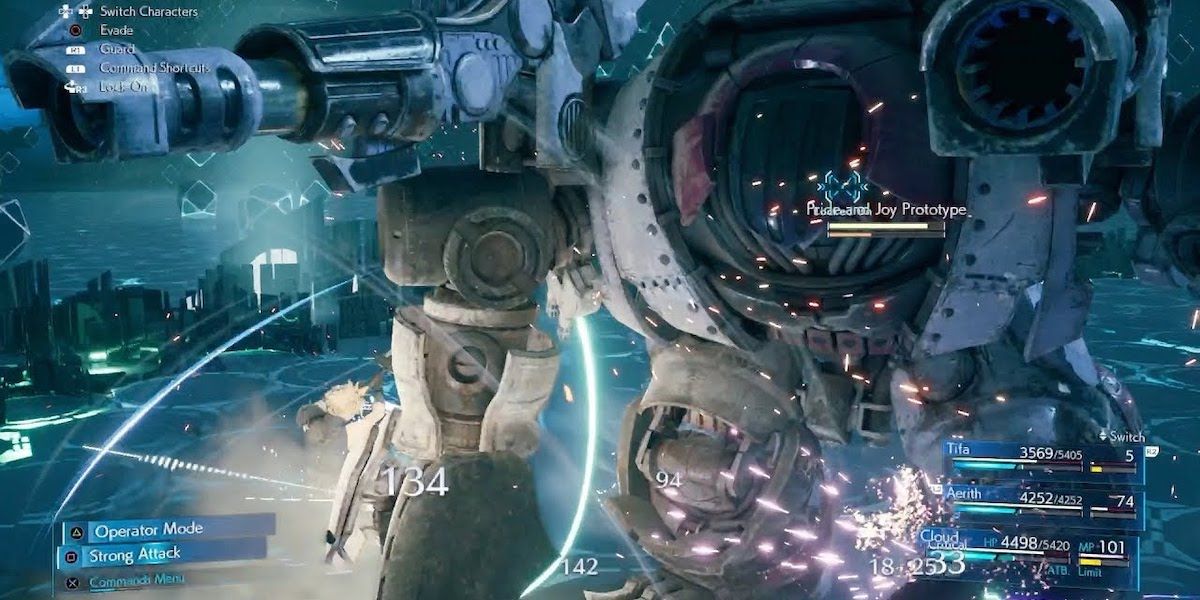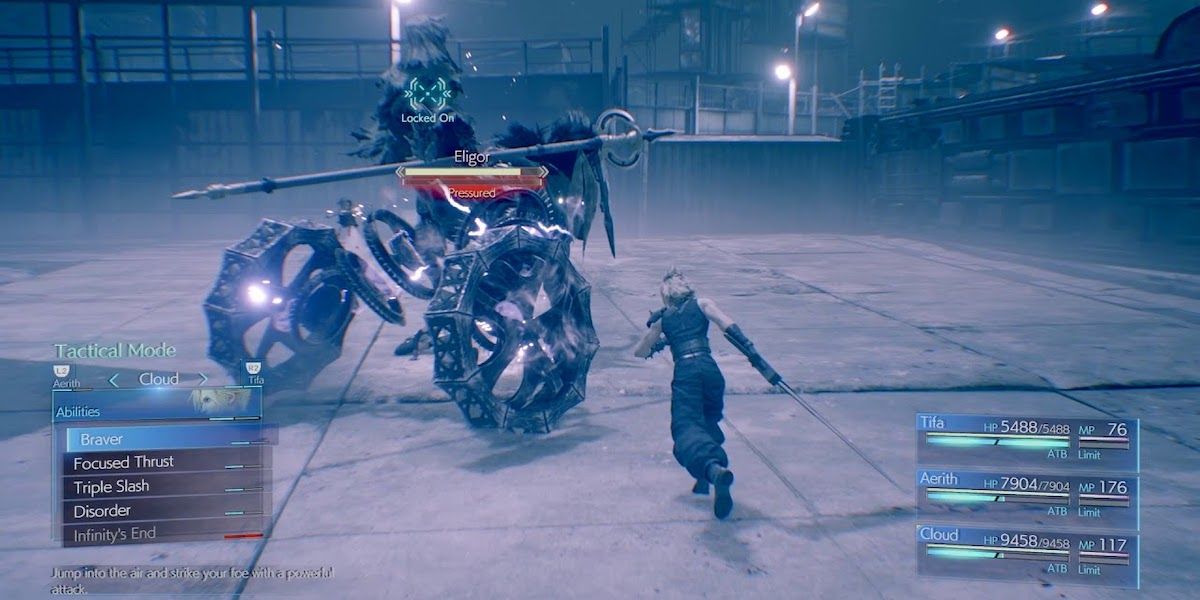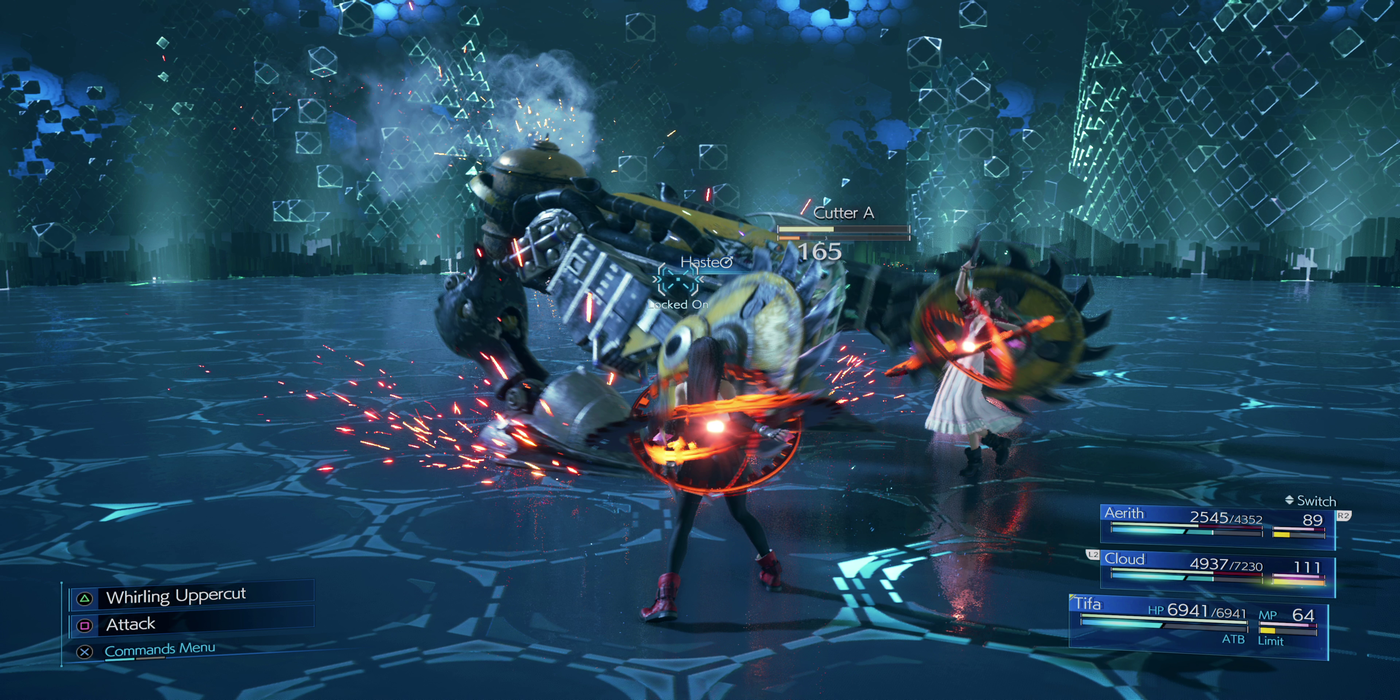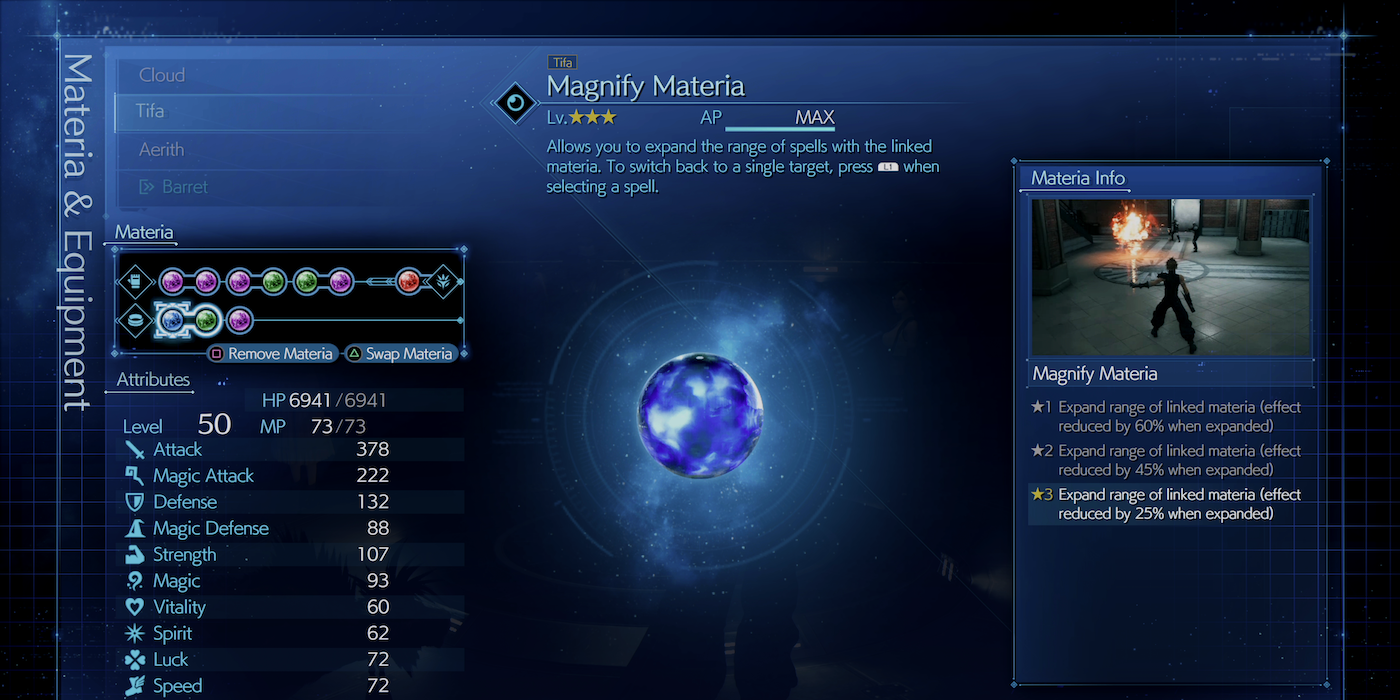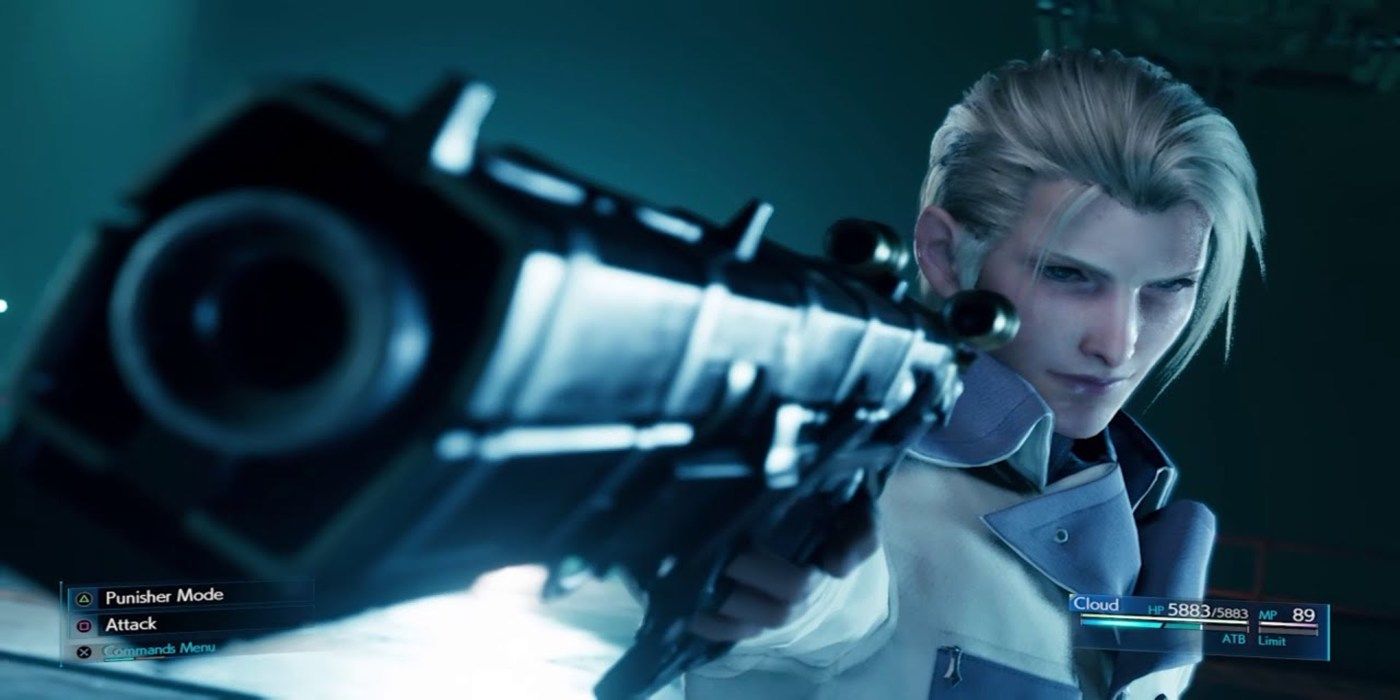Square-Enix has a long history of innovating on turn based mechanics, always including new ways to control and customize the characters in the Final Fantasy series. Recently, the long running studio has taken these innovations a step further with Final Fantasy 7 Remake taking everything learned from Final Fantasy 15 and giving it a classic polish.
With four different ways to enjoy Final Fantasy 7 Remake at four difficulties, the game is able to provide it's unique combat systems to players of all levels, from accessibility to brutal challenges. Clearly, building and rebuilding the combat system repeatedly paid off, as the final result is an incredible combination of Kingdom Hearts style action with the ATB system that made Final Fantasy famous in the first place.
Turn Based Combat
To begin, let's look at the history of Final Fantasy's turn based combat, and how it has evolved to what has recently released in Final Fantasy 7 Remake. One of Square-Enix's best innovations in the combat systems of the company's flagship franchise is the ATB bar, or Active Time Battle system, which forces players to make split decisions during combat. As a result, waiting can open the player up to take heavy damage, making every second count in a combat system that is often criticized for being static as players spend minutes at a time cycling through menus.
The combat in Final Fantasy 7 Remake takes this turn based system, and integrates it into the active combat that players have come to recognize in Final Fantasy 15 and Kingdom Hearts' battle systems. So while this new system stands apart as its own unique system, the way that the player is able to hack and slash to build up the ATB bar before utilizing it to deliver the attacks that can actually do sizable damage ties the modern combat to classic gameplay. This culminates in a pacing to combat that forces players to way the risks and rewards of each action in real time, while still having a similar experience to the original Final Fantasy 7.
Risk, Reward, and Materia Optimization
Battles in Final Fantasy 7 Remake now require players to pay close attention to everything in 3-D space, as the enemies flying about their heads or digging under the ground have to be approached and reached before they can be defeated. This means that timing is everything when it comes to using any single ability or spell. The player now has to weigh the risks of using high level spells, as they take longer to cast, or powerful abilities like Infinity's Edge, that leave the player drained of ATB bars and execute after a long windup.
There's nothing that emphasizes this more than the Cure Materia and using magic to its full potential. It's important to make sure that every party member has the ability to cast cure, if not cura, since it has the best ability to heal when in a pinch. What's more, there are also rare Materia that give passive bonuses in battle, meaning that customization comes with a push and pull of making sure that each character is equipped with the best magic and abilities for the task at hand.
Hot-Swap
This is where the combat in Final Fantasy 7 truly excels, diverging from previous games that forced the player to focus on one character at a time and instead pushing them to command and control up to three characters at a time. What results is combat that incentivizes hot-swapping and punishes players for becoming too comfortable playing as any single character. Utilizing this feature properly can make even the worst boss designs a thrilling experience for players who have learned how to quickly change from one character to another in order to split aggro, build everyone's ATB, and prepare for staggers.
Changing rapidly between the various characters is a key feature for staying alive as well. With the risk/reward of using high level Materia, it's often best to ready a spell before swapping to another character, or casting it while controlling another character entirely. This generally results in the enemies focusing on whoever the player is controlling, rather than the caster, allowing background characters to unleash devastating attacks from relative safety.
Customization
While Final Fantasy 7 Remake is certainly limited in scope due to the setup for later episodes, there is still an incredible amount of customization available within the game. Aside from the Materia, each character also gets a number of weapons to choose from, and different levels of armor and accessories appear periodically through the game. These let players build their characters however they like, from powerful physical attackers, to a full team of spell casters, with or without characters like Aerith who would be expected to take the role of mage on her own.
Combining this with high-powered accessories that unlock the potential of limit breaks or protect from negative effects like slow or poison, means that players can build their team to take on any challenge that comes their way. This becomes especially important when going up against some of the toughest challenges that Final Fantasy 7 Remake throws at players like the insanely difficult "Hard Mode" that unlocks after players have finished their first playthrough.
Hard Mode
As mentioned before, Final Fantasy 7 Remake technically has four difficulty settings: Classic, Easy, Normal, and Hard. The first three are available from the beginning, and while the Easy Mode does make the game more accessible to most players, Normal generally has the best balance for players looking for a rewarding experience. However, the Hard Mode almost transforms the remake into a completely different game, highlighting every positive and negative change from Final Fantasy 7 and adding intense pressure for players to master the complexity of combat.
This optional challenge for players to attempt after finishing Final Fantasy 7 Remake for the first time, puts everything on full display and makes every decision an intense risk/reward equation. By removing any way to restore MP, aside from breaking open boxes, and limiting the player to not be able to use items, every action and Materia becomes crucial. Materia like Chakra and Pray are now some of the most important in the game, as they become one of the only ways to recover HP without losing the precious recourse of MP that players have to make last through an entire chapter.
Then there's the issue of boss battles, many of which have added mechanics and even companions to elevate what were already difficult encounters to the levels expected when going up against the Weapons and Sephiroth in the original. Needless to say, for any player who thinks they got a handle on things in the base game, it's worth testing that against the brutality that is Hard Mode.
Final Fantasy 7 Remake is available now for PS4.

